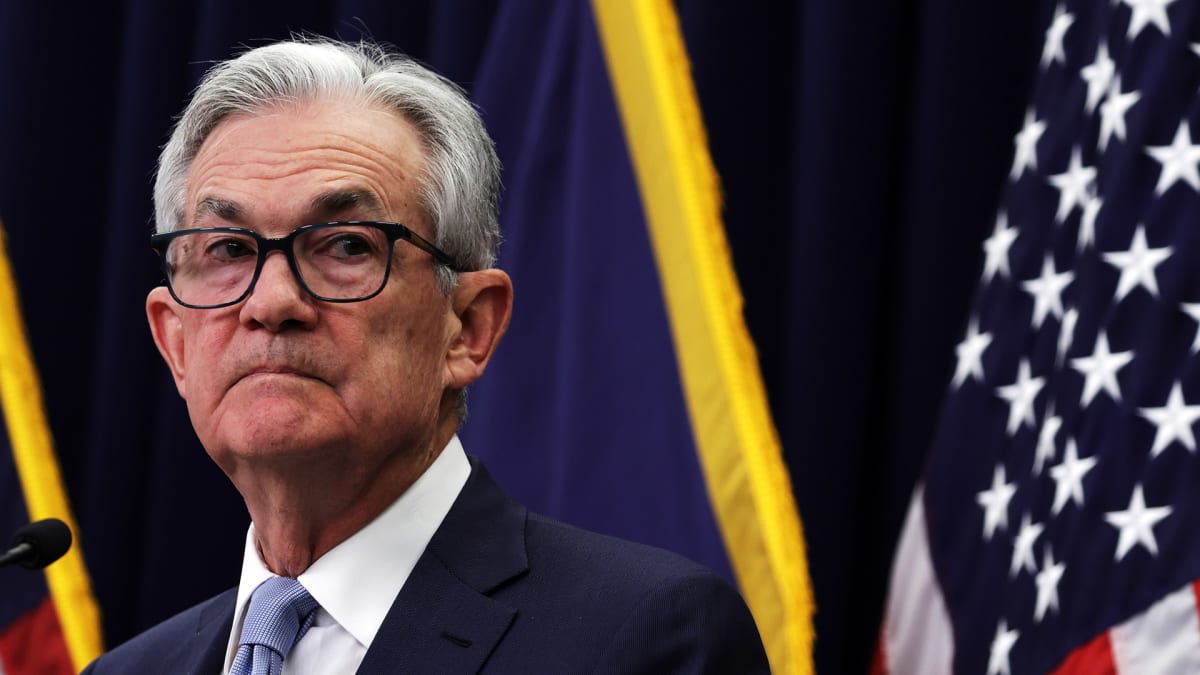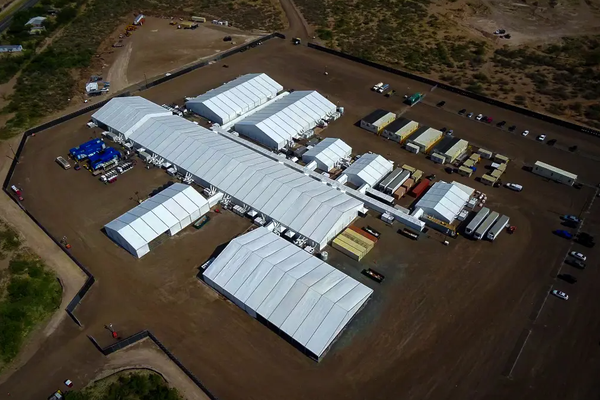
The Federal Reserve looks set to deliver the eighth consecutive interest rate hike of the most aggressive tightening cycle in a generation Wednesday, while perhaps hinting quietly at a near-term pause as it tracks cooling inflation data and a softening economy heading into the spring.
This month's rate decision, expected at 2:00 pm Eastern time in Washington, is likely to be the smallest in nearly a year, however, as traders have effectively locked-in the chances of a 25 basis point increase that would lift the Fed Funds rate to a range of between 4.5% and 4.75%.
That shift alone, from outsized rate hikes to a more normal tightening course, could be the first of several indications that the Fed is willing to back away from its guidance that rates will rise past 5%, and remain there until the end of this year, in order to bring inflation back to the central bank's 2% target.
The CME Group's FedWatch suggests an 82.1% chance of another 25 basis point increase in March, but the balance of bets for the Fed's May meeting suggest rates holding at between 4.75% and 5% into the summer and beyond, with a small rate cut priced-in for the Fed's November meeting.
"Chair Powell will acknowledge that the inflation data since the December meeting have been favorable, while most indicators of both the current and future pace of growth have softened," said Ian Shepherdson of Pantheon Macroeconomics. "But a wholesale retreat from the Fed’s hawkishness is unlikely; that will have to wait till the March meeting."
With the Fed not scheduled to release new economic projections alongside its policy decision, focus will shift instead to Powell's post-decision press conference at 2:30 pm Eastern time for any change in messaging.
Powell, however, may be reluctant to indicate any significant policy shift, given the implications it could have for both market expectations and, indirectly, to the inflation dynamic itself.
On that front, consumer prices are most certainly moving in the direction the Fed was hoping to see -- thanks in part to the 425 basis points in rate hikes put in place last year -- with core consumer prices running at an annualized rate of just 3.1% over the three months ending in December.
That compares to the 6% run-rate over the third quarter, and the 7.2% peak recorded over the three months ending in June. Headline CPI. meanwhile, has slowed for sixth consecutive months, easing to 6.5% in December, while the Fed's preferred PCE inflation gauge retreated to 4.4%, the lowest in more than a year, as real personal spending extended its recent slump.
"Officials are unlikely to switch to a 'data dependency' narrative just yet, fearing that adopting too dovish a line could fuel market expectations for eventual rate cuts," said James Knightley, chief international economist at ING in New York. "In turn, this could lead to an unwanted loosening of financial conditions that contribute to inflation staying higher for longer."
On the other side of the Fed's dual mandate, however, things look a bit more complicated. Unemployment is still hovering at the lowest levels in decades, at 3.5%, and the number of new applications for jobless benefits fell to the lowest levels since May last week.
Wages, however, continue to moderate: the Bureau of Labor Statistics said Tuesday that its benchmark Employment Cost Index slowed to just 1% last quarter, undershooting Street forecasts of a 1.1% gain, and the smallest advance in a year.
That could provide some cover for Powell, who has banged the drum of wage/price spiral concerns for many months, but with Friday's January payroll data looming, he may be more comfortable gathering more data ahead of the March meeting before committing to a change in tact.
Bond markets, however, have largely played their hand: benchmark 2-year note yields have fallen by around 20 basis points since the start of the year, to around 4.191% in early Wednesday trading, and sit a long way from Powell's indication of a Fed Funds rate of more than 5% by early spring.
Short-term Treasury yields, in fact, are trading south of both the Fed's current target range of 4.25% to 4.5% as well as the effective Fed Funds rate of 4.33%.
"Given that the market has ignored Chair Powell’s protestations on the forward expectations before, it is tough to see how he makes a strong impression unless taking drastic (and unlikely) measures like hiking the policy rate 50 basis points," Saxo Bank strategists wrote Wednesday. ".
"A key test for central bank guidance and how much the market buys into that guidance in coming days, as the market continues to price for imminent peak Fed policy rate, with perhaps one more 25 basis point hike," they added.







